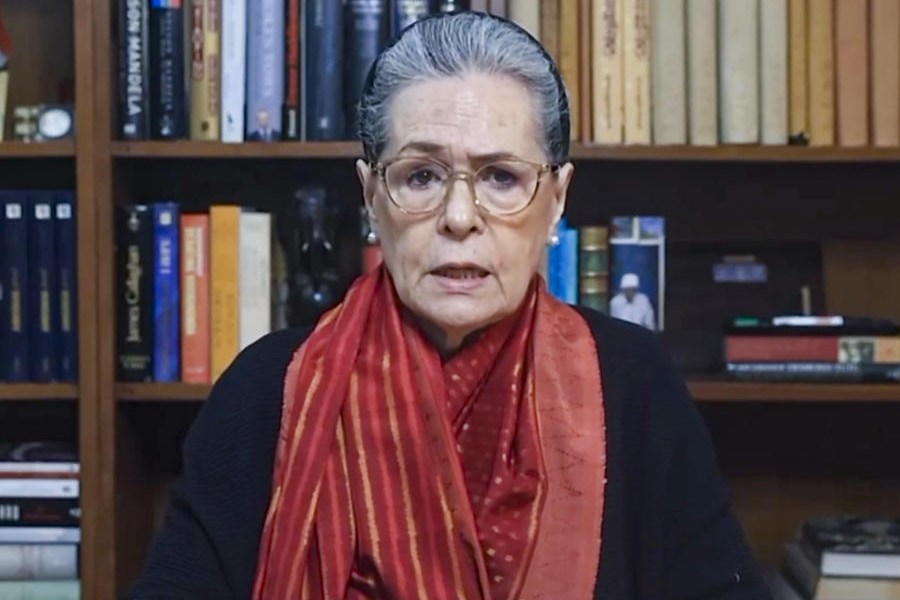 |
| Methi Machhi |
I must say I love visiting my chartered accountants (CA). When the financial year is about to come to an end, and most of my friends are looking dismally at the income tax department’s long and unyielding arm, I land up at my CAs’ office with only happy thoughts. For my two friends there — Litti and Lala — are great lovers of food. And our conversations always focus more on what I have been eating than earning.
I realised what kind of a serious foodie Lala — a Sindhi — was when he once asked me about ways of cooking the hilsa. You should steam it, and have it boneless, I suggested to him. He was appaled. Boneless, he screamed. The hilsa! Clearly, I hadn’t given adequate thought to a Sindhi’s love for fish.
The thought came back to me some days ago when I was talking to Anjana Bharat, the director of Kenilworth Hotel, Calcutta. Bharat, who is also from the Sindhi community, has coaxed a Sindhi cook called Raja Ram to rustle up a feast at her hotel. Raja Ram, she tells me, is much in demand with the one lakh Sindhi families in the city, and keeps bringing back old delicacies that are dying out to the dinner table.
 |
| Thoomaaro |
One such dish is the thoomaaro, which is a dish of roasted atta, flavoured with garlic. In Lala’s family, they brown the garlic well, and add a tadka of fried onions to it. Another vegetarian speciality is the aisee turee — a dish of ridged gourd.
My all-time Sindhi favourite is the kadhi, which is completely different from other regional kadhis, such as the Punjabi one which has little pakoras in the gravy cooked essentially with besan. The Sindhi curry has all kinds of vegetables in it —from drumstick and lotus stems to peas and okras. While elsewhere kadhis are cooked with curd, it’s a bit of kokum or tamarind that gives the Sindhi kadhi its tart taste.
When I was a kid, I remember my parents used to often take me along when they visited their old Sindhi friend Hashoo Kewalramani. I have vague memories of all that we ate there but seem to remember the pakwaan dal, which is channa dal served with flat puris and tamarind chutney. Raja Ram’s chutney is prepared with tamarind, crushed jaggery, dates, red chilli powder and salt. The channa dal is tempered with cumin seeds and green chillies, and then garnished with dry mango powder, chilli powder and coriander leaves.
But what’s most interesting is the fact that the Sindhi community loves its meat and fish. The people lived by the River Indus — which didn’t just give them their name, but a love for fish as well. Another of my close Sindhi friends, Manjari, cannot think of Sindhi food without salivating about the hilsa. The festival at Kenilworth Hotel includes all kinds of delicious fish dishes such as the methi machhi, fish cooked with fenugreek. But Manjari in particular remembers her mother cooking a fish by baking it under a mound of sand.
 |
| Aisee turee |
And then, of course, there is the seyal mutton, which is a great Sindhi favourite. The meat is cooked on low heat in a sealed degh. In fact, many Sindhi meat dishes are cooked on dum, or steam — which, I believe, is the best way of ensuring that your meat is not just deliciously tender but steeped in all its juices as well.
The food, like everywhere else, differs from region to region — but there is a thread running through the cuisine. The influences of its rulers — from the Arabs and the Mughals to the Turks — are patent in the dishes. After the partition, a great section of the Hindu Sindhi community moved out of Pakistan, and is now spread out across the world. But the people, the festival organisers stress, are still rooted to their culture, even as they absorb contemporary influences drawn in from their new surroundings.
And that, to my mind, is a sure recipe for good food.
Seyal mutton (serves 5)
 |
Ingredients:
• 1kg mutton (leg pieces with bones) • 2 tbs oil • 2-3 bay leaves • 8 chopped onions • 8 chopped tomatoes • 1 cup plain yoghurt • 2 tbs cumin powder • 3 tbs coriander powder • 1 tbs turmeric powder • salt to taste • a few chopped green chillies • 2 tbs ginger paste • oil for cooking
Method:
Pour oil in a deep heavy bottomed cooking pot. Add bay leaves into the pot. Stir gently for a few minutes. Add the rest of the ingredients and stir well. Cover the pot with a tight-fitting lid and seal the edges with dough made of whole wheat, flour and water. Cook gently for one hour. Uncover the pot. Garnish with garam masala powder and chopped coriander leaves. Serve hot.











